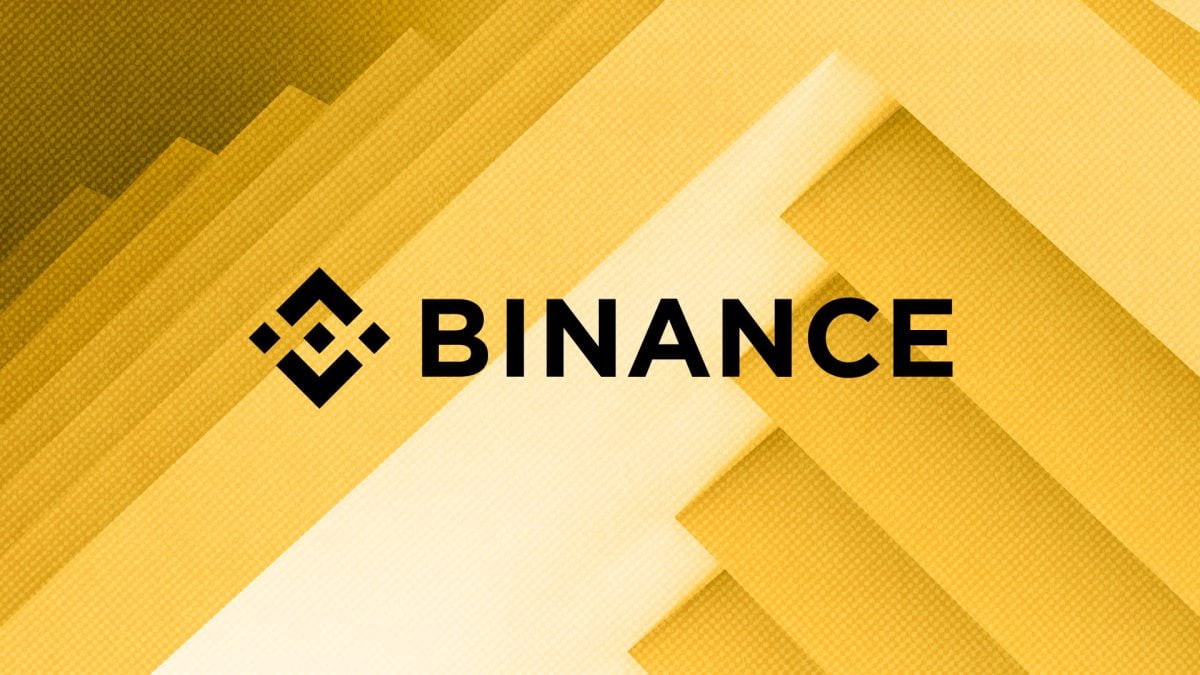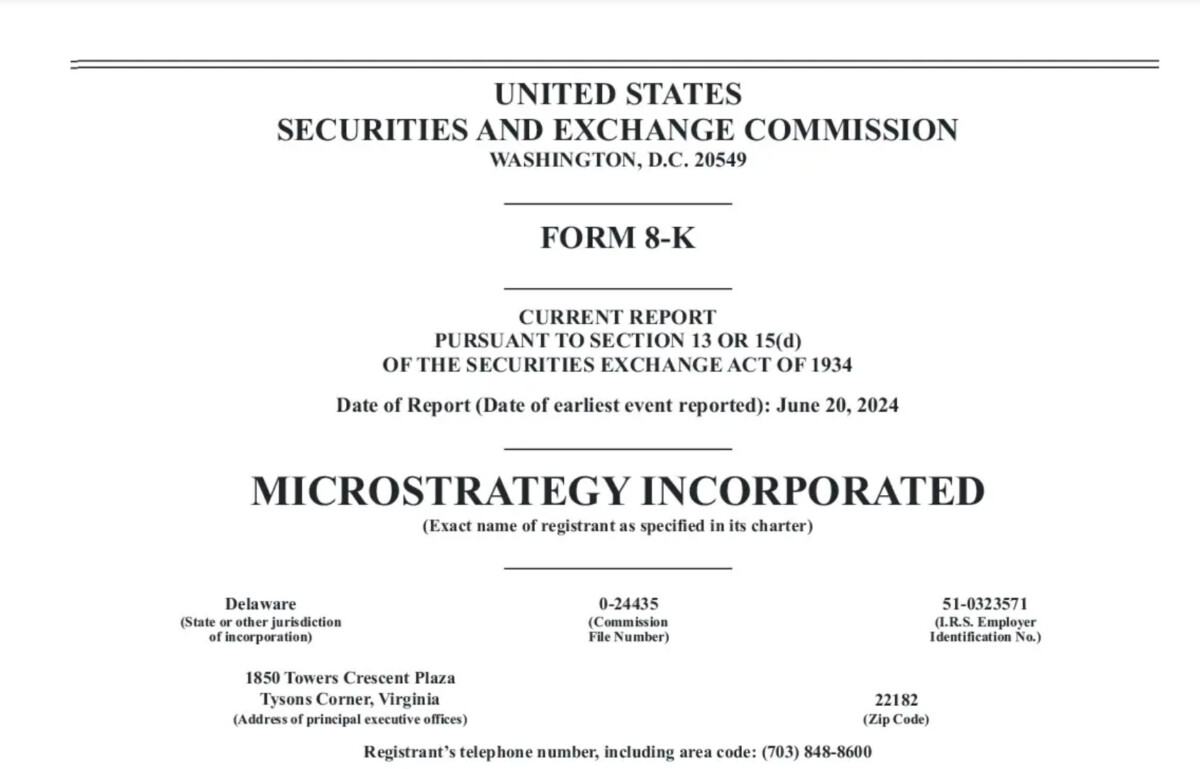Binance’s U.S. operations have been given the go-ahead by a judge to invest certain customer funds in Treasury bills. This new directive is reportedly intended to improve security and stability of customers’ assets.
The exchange had to meet specific conditions set by the court to get this approval. It had requested to handle its corporate assets through third-party advisors, invest customer funds in Treasury bills, and transfer crypto assets to non-affiliated custodians.
The court just approved it.

Doing this is perfectly legal because the advisors are not related to any Binance entities. The company must make sure the advisors are fully aware of the consent order and that they never ever invest in related entities.
Binance must report any expenses from these investments in its monthly reports. The exchange is also permitted to invest certain customer fiat funds, currently held by BitGo, into the Treasury bills.
These investments will be on a rolling four-week basis. Binance needs to maintain enough U.S. dollars on its platform to cover all anticipated customer withdrawal requests during the investment period.
They must also update their terms of use and inform customers about this new investment strategy.
Related: Central Bank of Nigeria accuses Binance of unauthorized banking
Also, the order allows Binance to store assets with and transfer assets to wallets managed by non-affiliated third-party custodians in the company’s US officers and employees, or the third-party custodians, must solely manage these wallets.
Binance entities will not have access to these wallets or the keys to them. All transfers and withdrawals will need approval from both BAM and the third-party custodians.
For the investment to work, BAM needs to keep enough cash on hand to cover customer withdrawals. This means that even though customer funds are being invested, they are still accessible if needed.
By updating its terms of use and informing customers, BAM is letting users know where their money is going and how it’s being used.
Binance’s latest proof-of-reserve report shows that the amount of Bitcoin held by large addresses (those with at least 1,000 BTC) has reached a two-year high.





